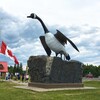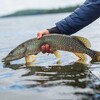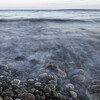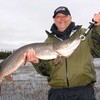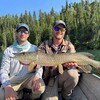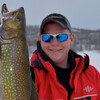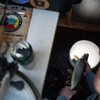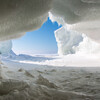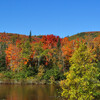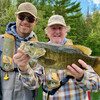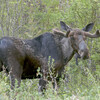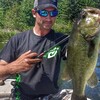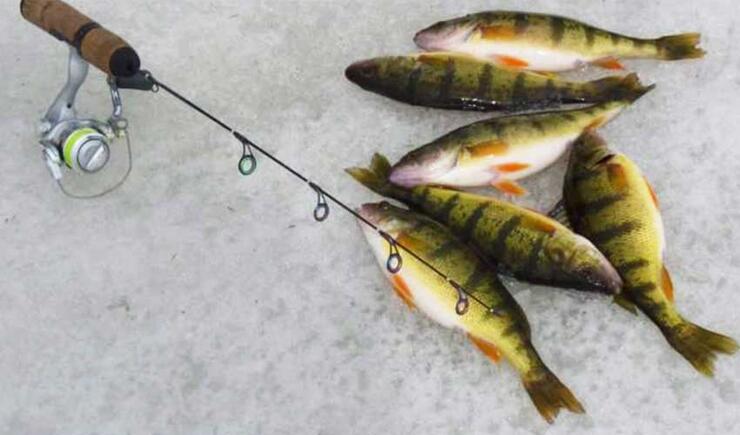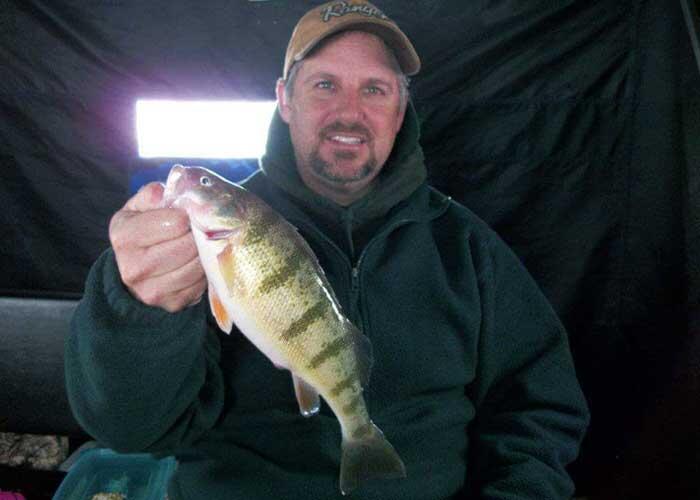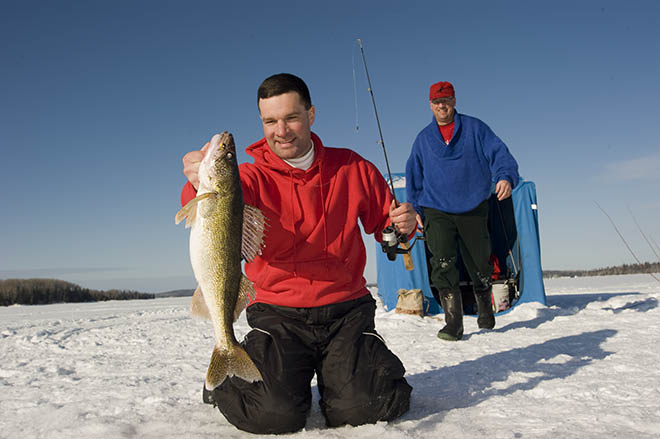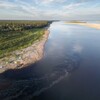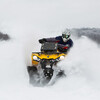
Finding Plenty Of Perch for the Pan
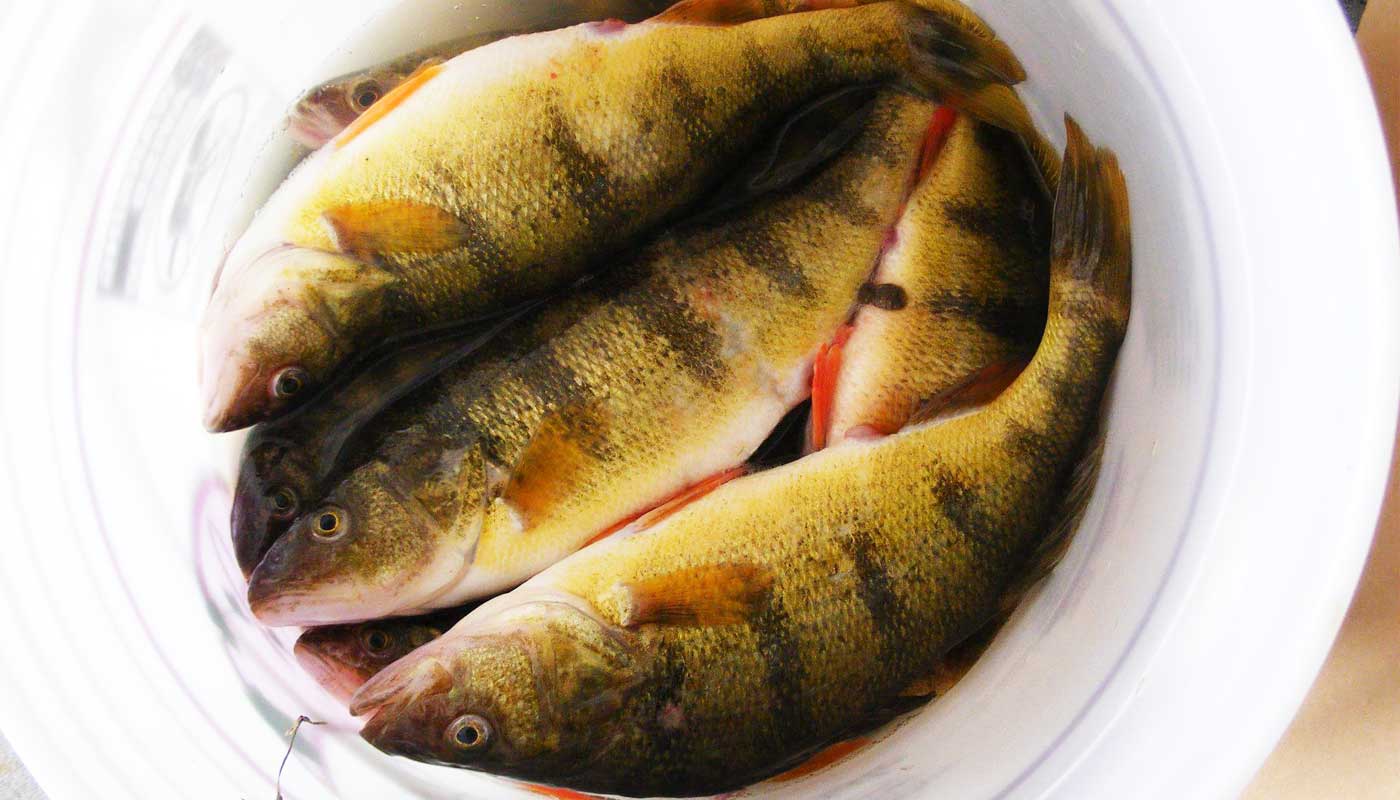
Perch are probably the most plentiful fish in our Ontario waters. You can find them in nearly every watershed in our province. They are a major source of food for the predatory fish in our lakes and are one, if not the tastiest fish to put on our plates. These little fish are one of the easiest and most fun fish to target under the ice. Knowing how to and where to catch them is also relatively easy, and you can have an absolute blast filling your bucket.
Finding a good perch hotspot early, and even throughout the ice season means finding transition areas. Areas where schools of perch will constantly be filtering in and out of, looking to spawn and looking to eat. Look for areas just outside of the deep-water basin. On a recent outing, I decided to set up just outside of a weed edge on a shallow flat that led into the deep-water basin, hoping to intercept those schools of aggressive fish coming out of the deep water. Luckily, I hit them right on the head and it was one after the other.
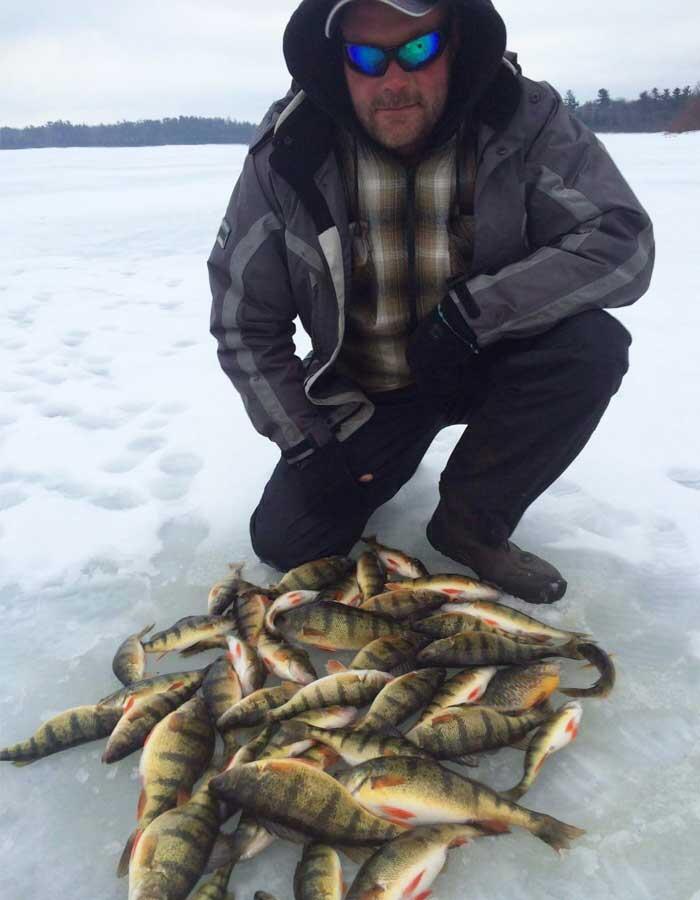
Once you have drilled your main holes, always continue to drill a few holes around you. This is in case the fish move, and you can continue to hop holes and have them stay around you as long as possible. Also, drill holes deeper out into the basin in case the fish are hanging around on the deep side and you can easily move your setup.
As for my perch set-ups, I rarely use any still lines that are just placed sitting at holes with some sort of weight and a small minnow. I like to have a rod and reel in hand to make fishing them a lot more efficient than hand over hand. I like to use as sensitive of a rod as I can find so I can detect the smallest bite or see the smallest movement in my rod tip. From there, my reel is spooled up with no more than a 10-pound braided line (which has no stretch for extreme sensitivity) leading to a small swivel (which decreases line twist significantly) and then I attach approximately 2 feet of 3-pound fluorocarbon line (that is virtually invisible underwater).
For baits, there are really only three basic rigs I use. One is a small tungsten jig like a Lindy Tungsten Toad or Celsius Jig. Two is a small spoon, my favourite being a Northland Forage Minnow, and finally a Rapala Jigging Rap. All three of these setups can then be tipped with a small plastic, live shiner minnow, the head of a shiner minnow, or wax worm to entice any fish into biting.
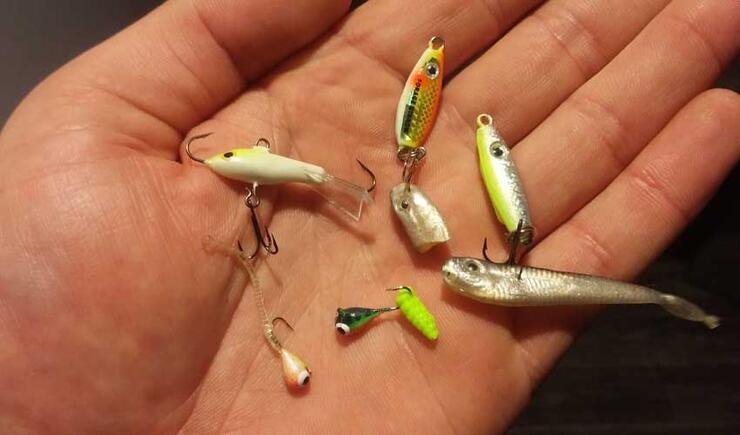
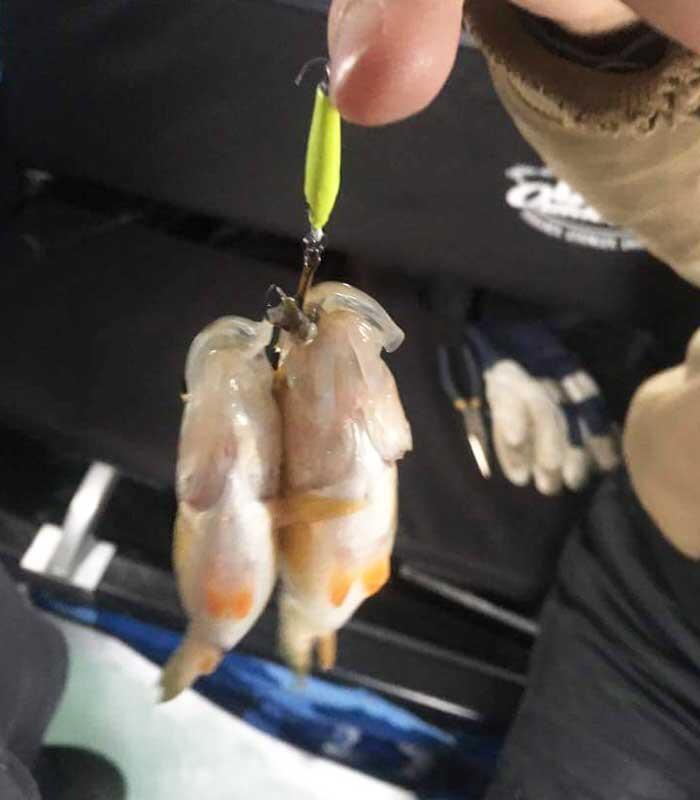
Another big tip is to have a partner or group with you, not just for safety and to have a bit more fun but to catch more fish. It can be a huge factor while targeting perch because it can be hard to keep up with them by yourself at times. Keeping those fish interested and under your ice hole is essential to attracting more fish and making them stay. Always being able to have a line down will greatly increase your odds of catching more fish and bringing home a bucket full of good eating for the frying pan.
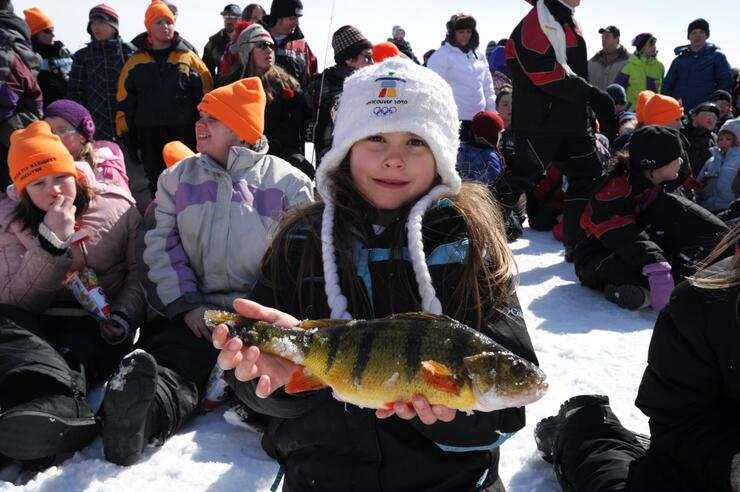
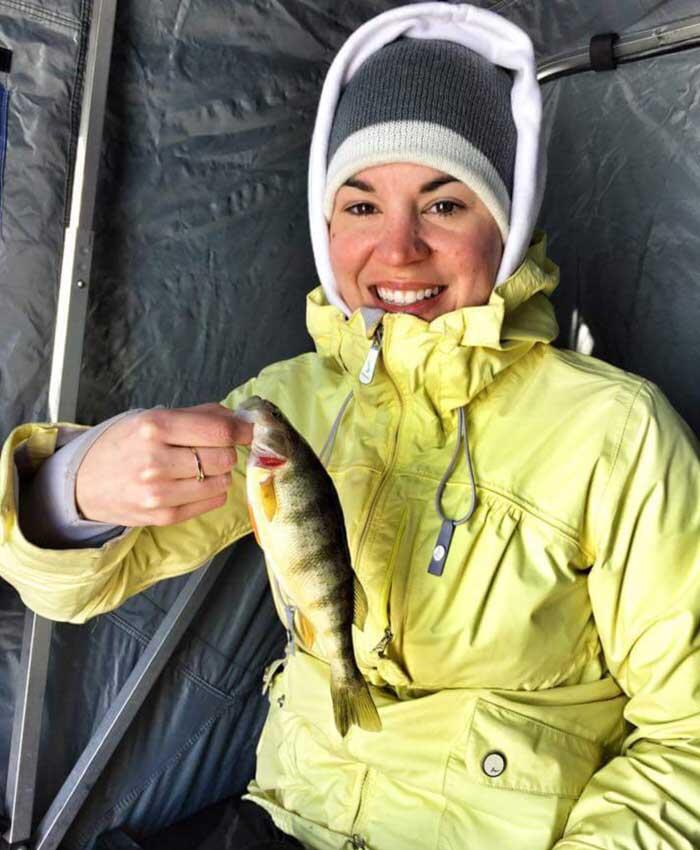
Recommended Articles
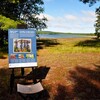
The Group of Seven in Algoma

9 Facts to Know about the Agawa Canyon Tour Train
